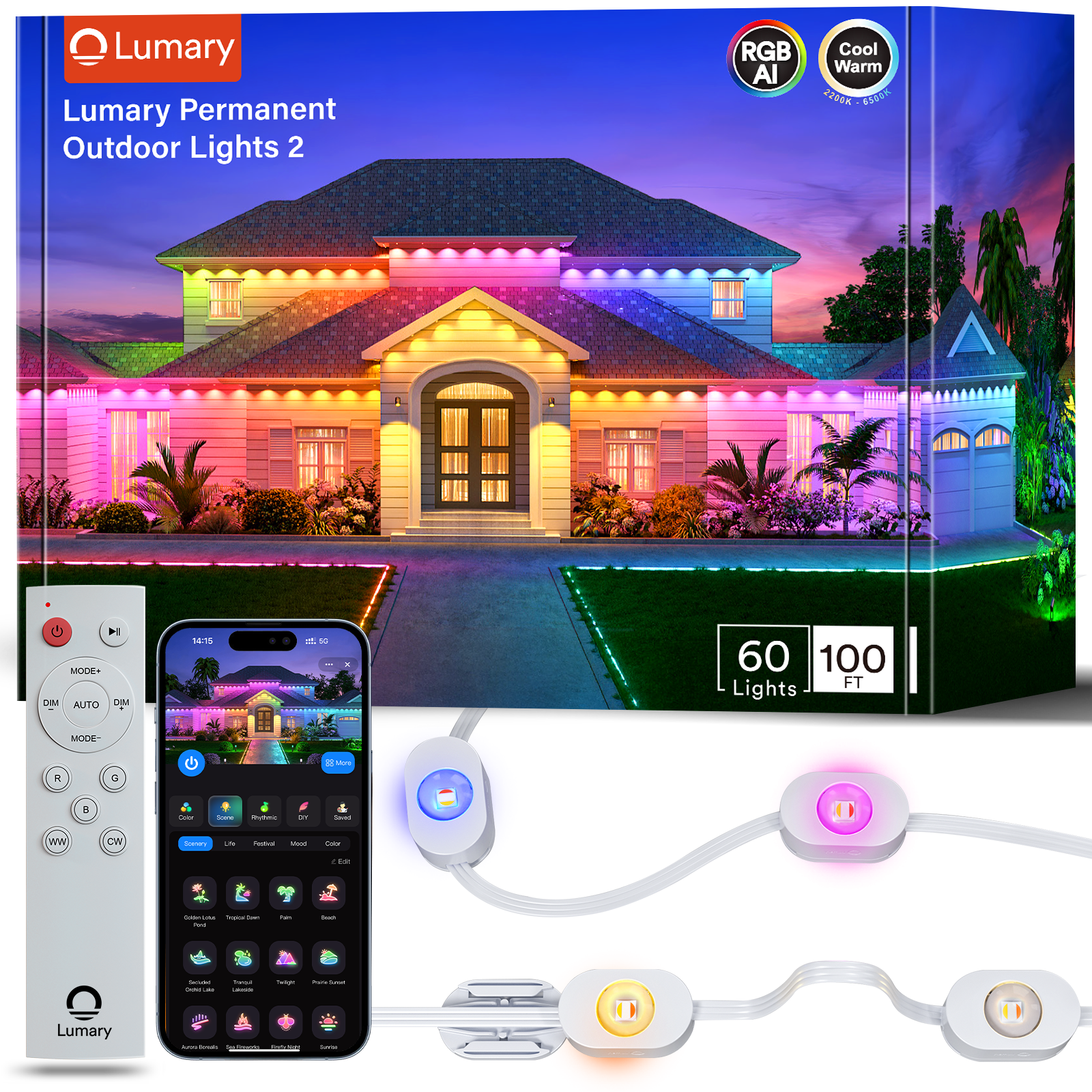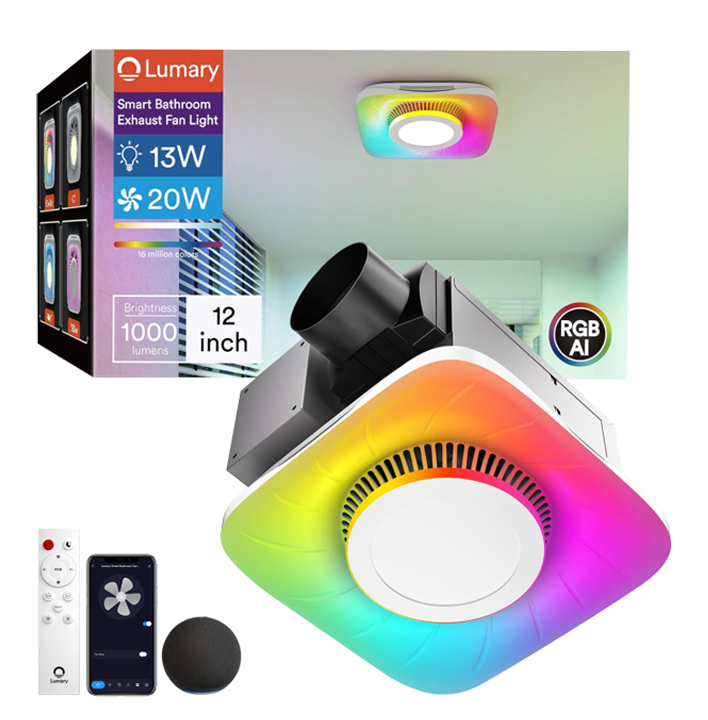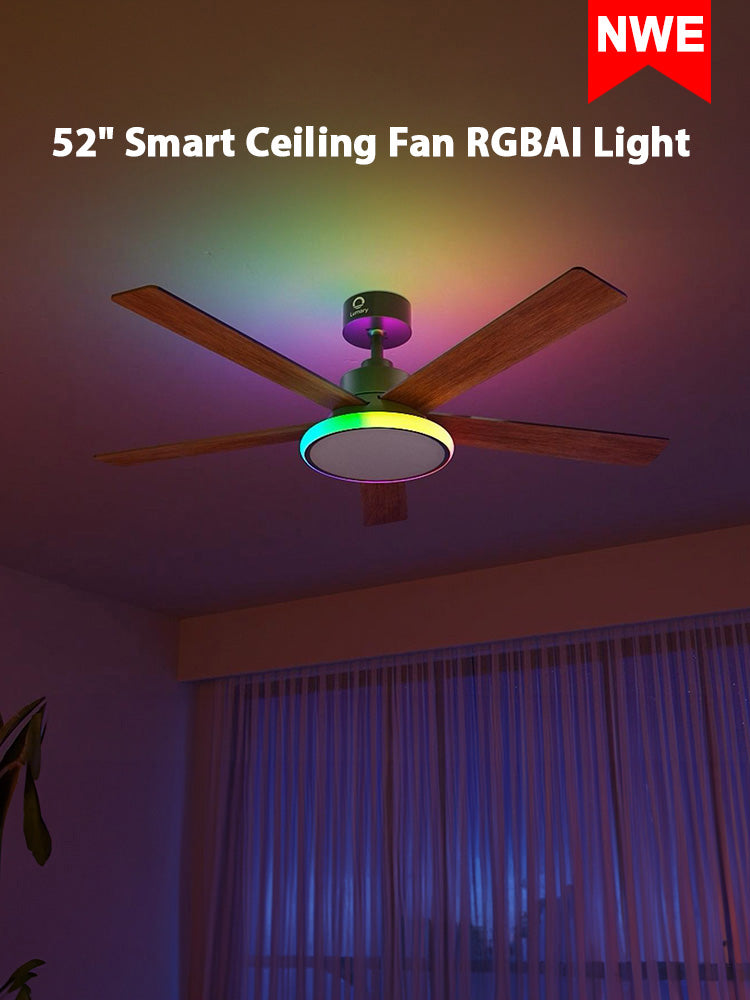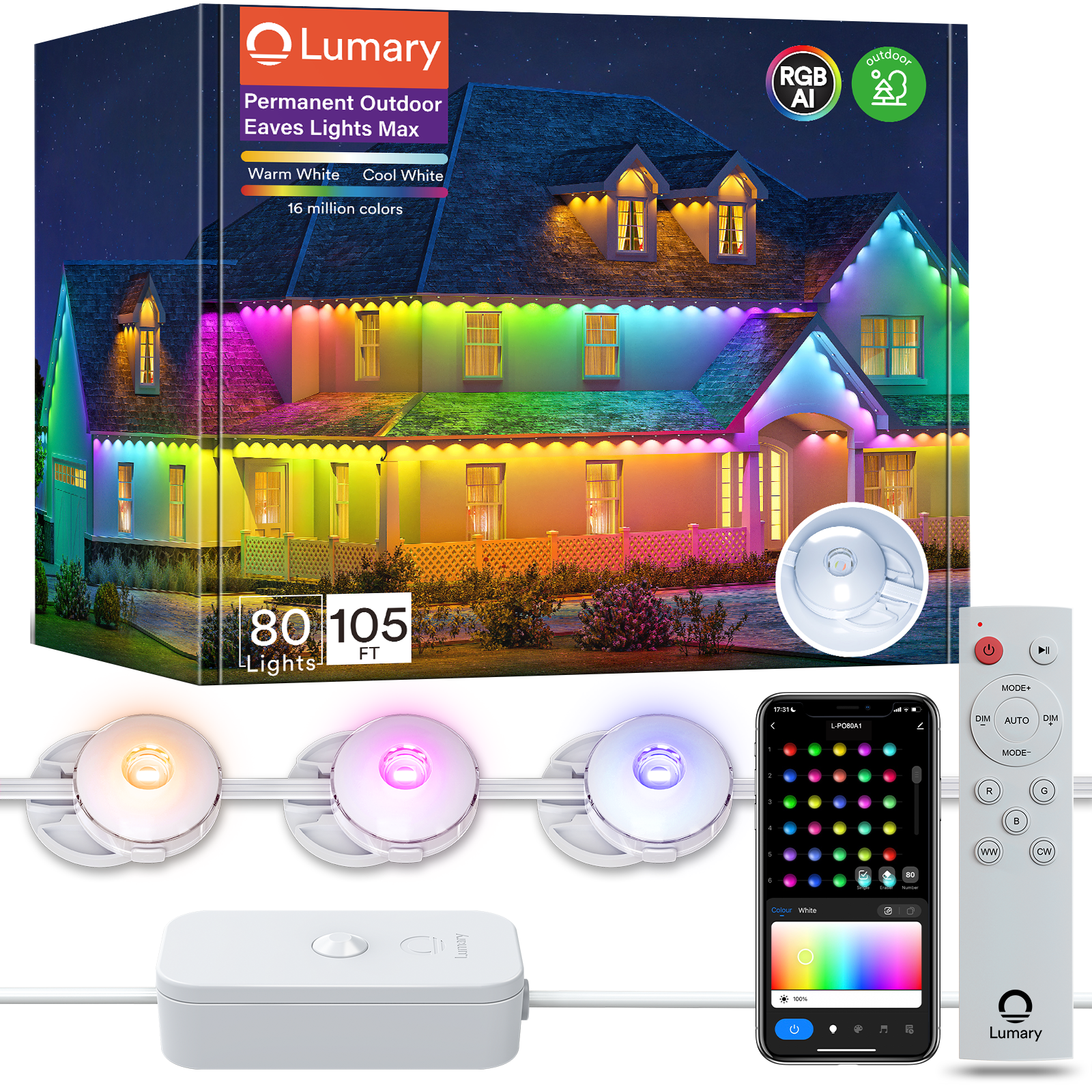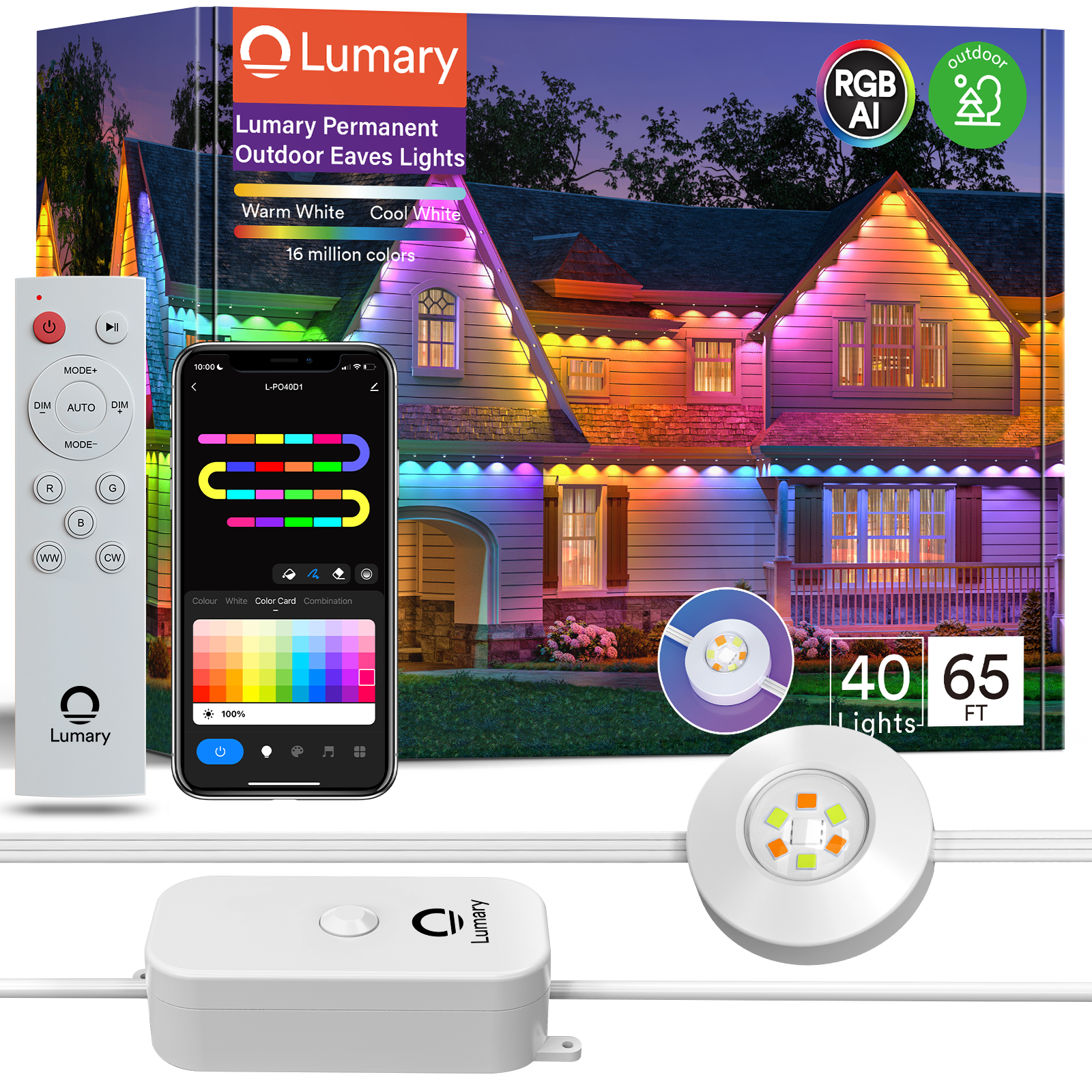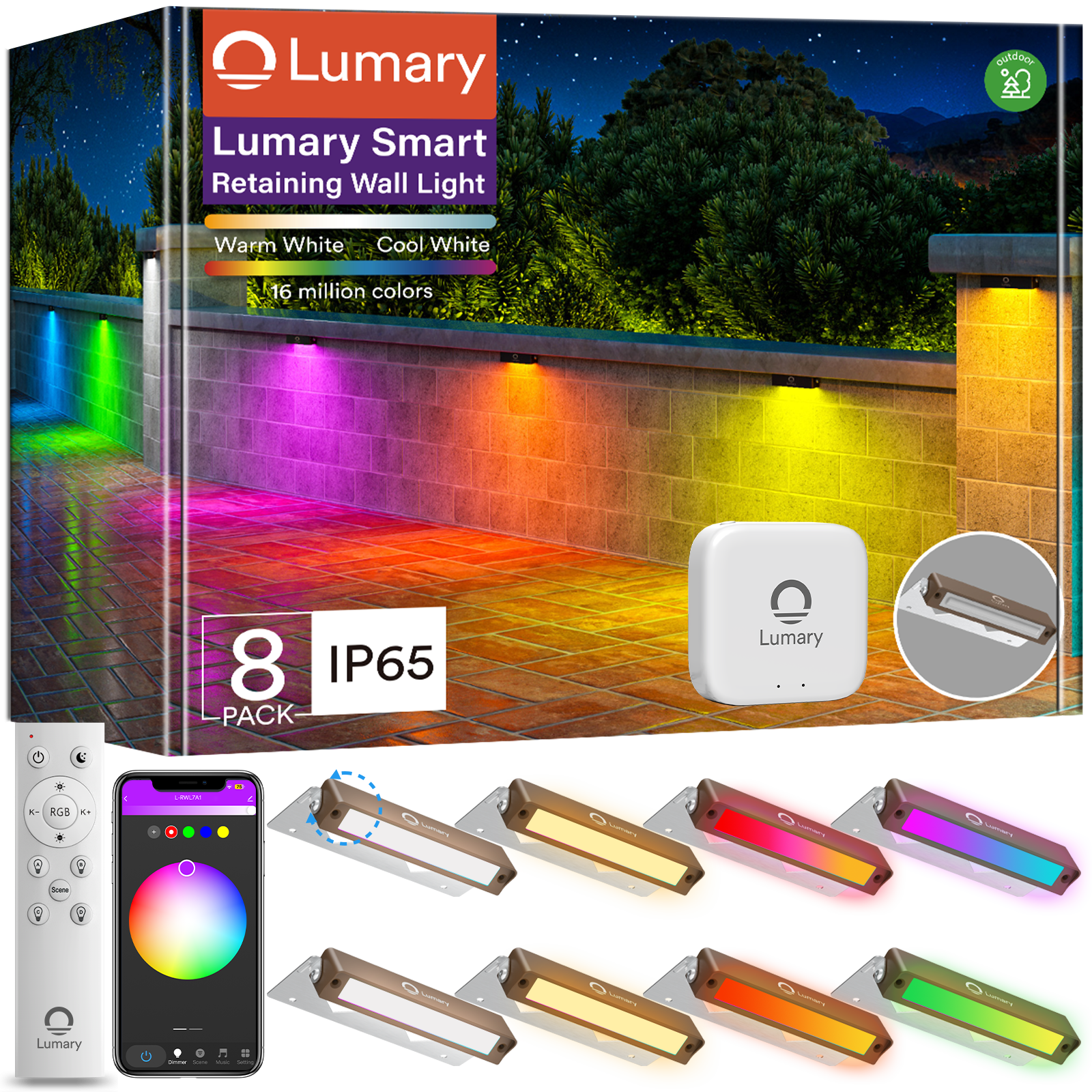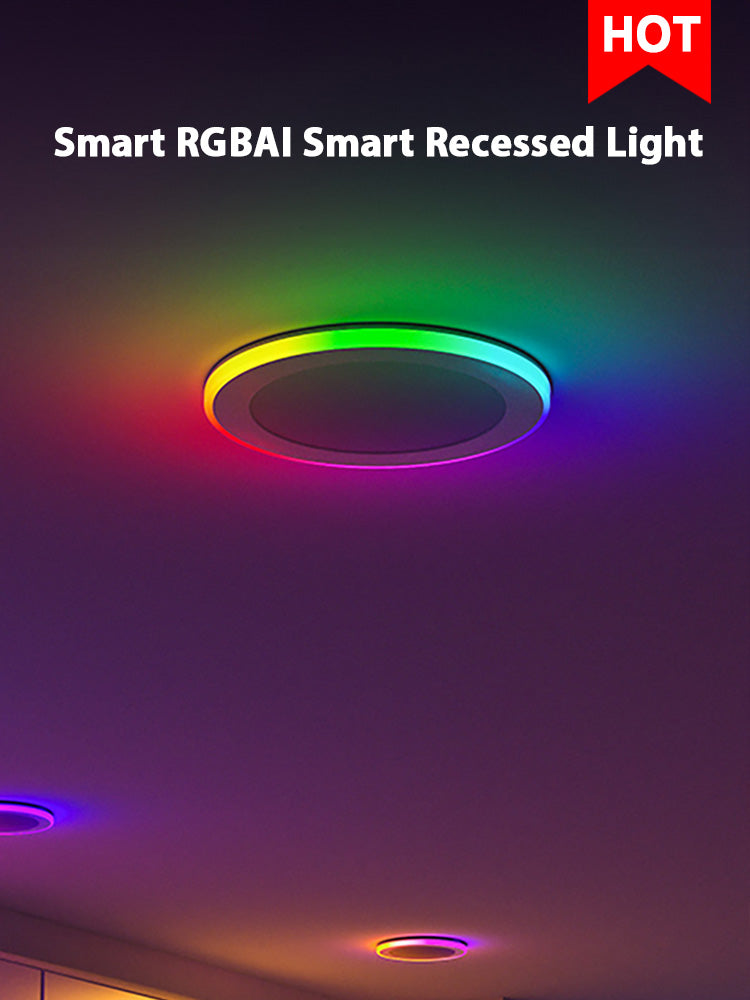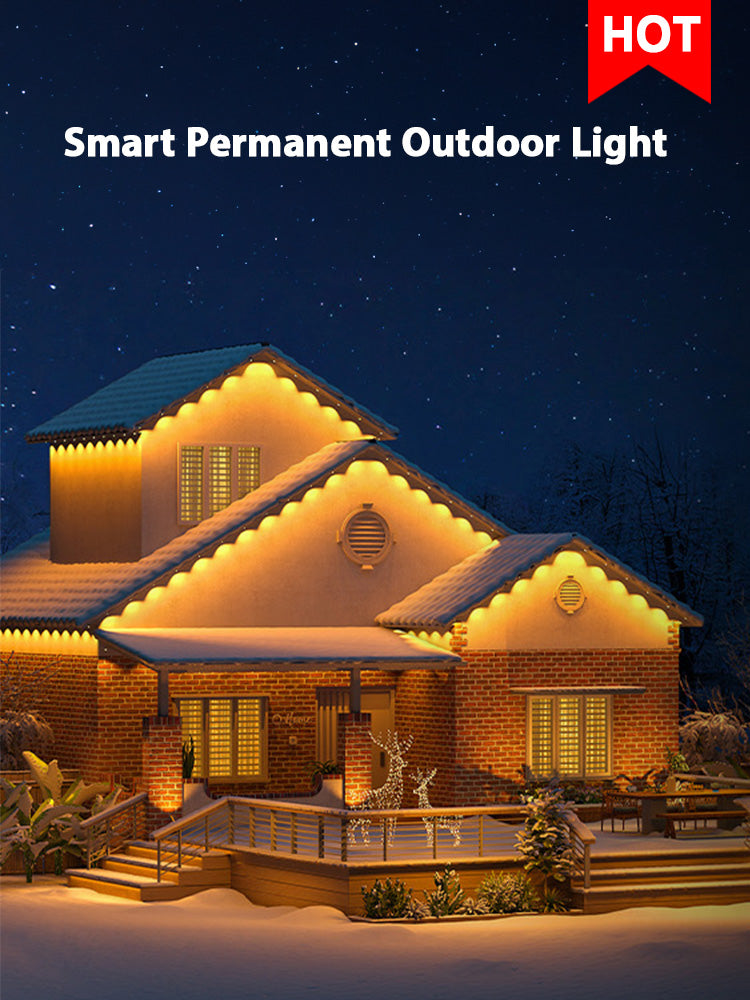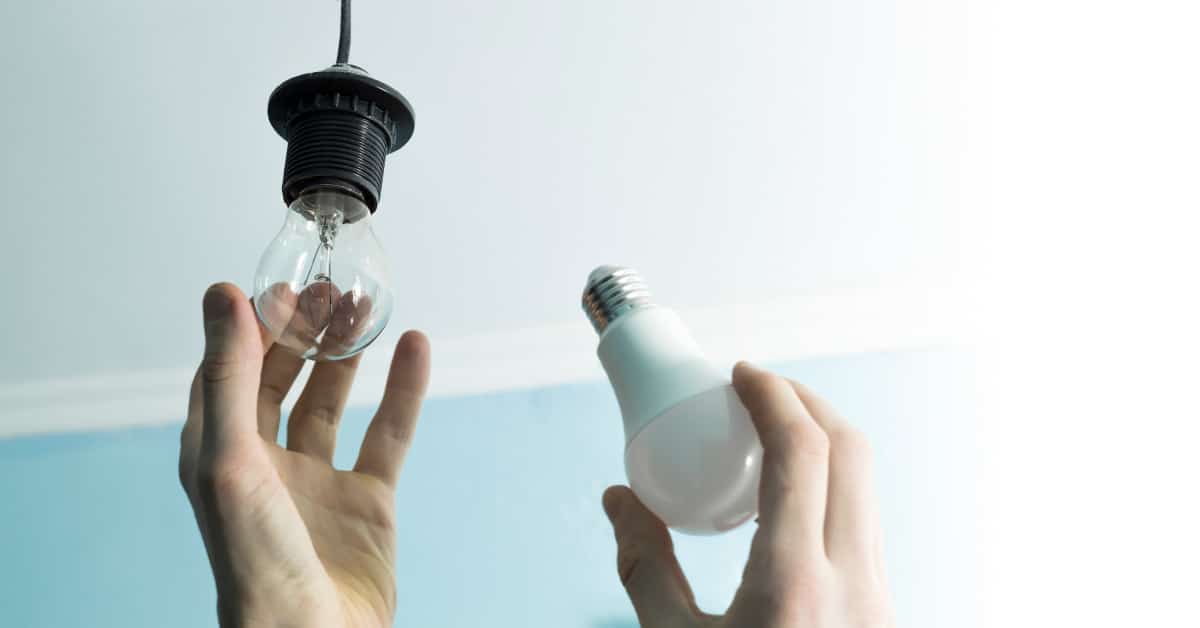Smart lights have become incredibly popular in homes today. With their ability to create ambiance, be controlled remotely, reduce energy use, and benefit the environment, it’s easy to see the appeal. This guide will explore how smart lighting works and provide tips to maximize your cost savings. Let’s shine a light on smart bulbs!
An Introduction to Cost-Saving Smart Lights
In recent years, smart lighting has gone from a novelty to a mainstream smart home technology. These WiFi-connected LED bulbs can be controlled from your smartphone and offer many advantages over traditional incandescent bulbs. Beyond just convenience, smart lights give homeowners the ability to reduce their energy bills and environmental impact. We’ll break down all the ways smart lighting can cut costs and provide a brighter, more energy-efficient home.

How Do Smart Lights Reduce Energy Consumption?
At the core of smart bulbs’ money-saving abilities is the LED technology they utilize. LED stands for light-emitting diode - it’s currently the most energy-efficient lighting available. In fact, LED bulbs use up to 75% less electricity than incandescent bulbs to produce the same brightness! They also last much longer, typically rated between 15,000 to 50,000 hours compared to just 1,000-2,000 hours for incandescent bulbs.
The U.S. Department of Energy estimates that transitioning to LED lighting across the country could save 569 terawatt-hours of electricity by 2035. That’s equivalent to over $30 billion in energy cost savings! By installing smart LED bulbs in your home, you ensure you’re using the most energy-efficient lighting technology and avoiding energy waste.

How to Maximize Smart Light Cost Savings
The LED technology inside smart bulbs cuts consumption, but the real magic is using their connectivity and automation capabilities to maximize savings. Here are some top tips:
- Use Lighting Schedules: Program lights to turn off automatically on a schedule when not needed, like overnight.
- Control Remotely: Check bulb status and turn off lights using your smartphone when away from home.
- Employ Occupancy Sensors: Motion detectors and geo-fencing turn lights on only when needed.
- Track Energy Usage: See real-time and historical data to identify wasteful use.
- Dim When Possible: Use lower brightness appropriate for the task to conserve energy.
- Automate Unused Rooms: Make sure spare bedrooms, closets, etc. aren’t wasting power.
What Are the Smart Lighting Options?
If you want to implement a smart lighting system, you have three main options - smart bulbs, smart switches, and smart plugs. Let’s compare them:
Smart Bulbs
- Pros: Most flexible control, individual bulb colors/tuning, a wide variety of shapes and sizes. Some bulbs are even detachable for replacement
- Cons: More expensive

Smart String Lights
- Pros: Individual bulb control, customizable scenes, app and voice control, weather resistant, durable
- Cons: More expensive than basic string lights, require WiFi connectivity to utilize app features
Smart Switches
- Pros: Convenient control of multiple overhead lights, intuitive for guests
- Con: Lack of advanced features like color changing; professional installation required
Smart Plugs
- Pros: Very affordable way to make lamps and appliances smart
- Cons: Only basic on/off control; limited to plug sockets
Overall, smart bulbs and smart string lights can give you the finest grain control for maximum savings. But many homeowners opt to mix and match, using bulbs for accent lighting and string lights in other scenarios like your pathways and gardens. We recommend choosing one brand for seamless integration.
A Detailed Guide to Smart Light Technology and Setup
Smart bulbs rely on wireless technology to enable communication and control. Here’s an in-depth look at how popular protocols work and how to install bulbs for hassle-free operation:
Communication Protocols
Many smart bulbs use Bluetooth to connect directly to your smartphone from short distances. However, for whole home control, additional protocols are required.
Wi-Fi built into bulbs allows them to connect directly to your home’s wireless network. However, bulbs that only have Wi-Fi tend to be more expensive.
Alternatively, protocols like Zigbee and Z-Wave are commonly used. In this case, a central hub acts as a bridge between your home Wi-Fi and the bulbs. The hub sends signals using these protocols to communicate with the bulbs.
Hub Functionality
Hubs serve several key functions:
- Translation: Acts as a translator between home Wi-Fi and bulb protocol like Zigbee
- Remote Access: Allows control of bulbs from anywhere with internet access
- System Integration: Enables lighting automation based on other smart devices
- Reliability: Mesh network provides a stable signal to large numbers of bulbs
Installing Smart Bulbs
- Safety First: Always turn off the power at the circuit breaker before replacing the bulbs.
- Bulb Replacement: Remove the old bulb, insert the smart bulb, and screw it in securely.
- Power Restoration: Restore power, and the bulb should illuminate to confirm the functioning.
- Connecting: Follow app instructions to connect bulbs to the home Wi-Fi network.
- Firmware Updates: Keep bulbs updated to the latest firmware for optimal performance.
Controlling Lights
- Manual Control: Use a smartphone app or voice control for real-time on/off/dimming.
- Lighting Scenes: Program and save preferred lighting settings for rooms.
- Automation: Schedule lights to turn on/off based on the time of day or events.
- Away Mode: Simulate occupancy by varying lights while traveling or on vacation.
How to Troubleshoot Smart Lights
Like any technology, smart lights can encounter issues that require troubleshooting. Here are some common problems and potential solutions:
Bulbs Disconnect From Network
Problem: Bulbs revert to offline status in the app and cannot be controlled
Solutions:
- Reseat bulbs to re-establish the connection
- Move the hub closer to the bulbs if using a separate hub
- Factory reset bulbs and re-add to the network
- Update bulb and hub firmware
Voice Control Not Working
Problem: Cannot control bulbs using voice assistants
Solutions:
- Confirm bulbs are online in the app
- Re-link bulbs with Alexa/Google Home
- Ensure bulbs are in a compatible room in the voice assistant app
Bulbs Unresponsive
Problem: Bulbs won’t turn on/off/dim properly
Solutions:
- Toggle the light switch to cut power and restore
- Factory reset unresponsive bulbs
- Replace bulb if unresponsive after resets
Connectivity With Hub
Problem: Bulbs won’t connect to the hub
Solutions:
- Power cycle hub
- Ensure the hub is on the same Wi-Fi network as the bulbs
- Move the hub closer to the bulbs
- Update hub firmware
- Replace faulty hub if above doesn’t work
App Cannot Find Bulbs
Problem: Bulbs not showing up in the manufacturer’s app
Solutions:
- Confirm bulbs are powered on
- Reset bulbs and retry the app linking process
- Verify bulbs are within the app’s supported range
- Contact manufacturer support if bulbs are compatible
Unlocking the Full Potential of Smart Lighting
Beyond basic on/off functionality, today’s smart bulbs provide many advanced features for an optimal lighting experience. Here are some top capabilities:
- Voice Control: Use Amazon Alexa, Google Assistant, or Apple HomeKit to control lights with voice commands.
- Automation: Program lighting scenes based on schedules, sunrise/sunset, occupancy sensors, or events.
- Tunable White: Change the color temperature from warm to cool white for the right light for any activity.
- Full Color: Pick from millions of colors to set the perfect ambiance or use color-coded notifications.
Let There Be (Smart) Light!
It’s easy to see why smart lighting has moved into the mainstream. The benefits go far beyond convenience by providing real energy and cost savings for homeowners. Smart bulbs give you granular control to reduce waste while still enjoying high-quality LED illumination. With smart lighting, you can have the brightest home while keeping more money in your wallet!

